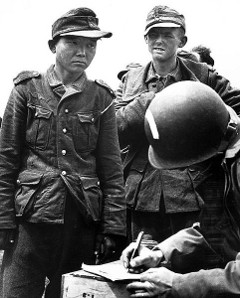
Astronaut John Young smuggled a corned beef sandwich into space. As Gemini 3 was circling Earth in March 1965, Young pulled the sandwich out of his pocket and offered it to Gus Grissom:
Grissom: What is it?
Young: Corned beef sandwich.
Grissom: Where did that come from?
Young: I brought it with me. Let’s see how it tastes. Smells, doesn’t it?
Grissom: Yes, it’s breaking up. I’m going to stick it in my pocket.
Young: Is it? It was a thought, anyway.
“Wally Schirra had the sandwich made up at a restaurant at Cocoa Beach a couple of days before, and I hid it in a pocket of my space suit,” Young explained later. “Gus had been bored by the official menus we’d practiced with in training, and it seemed like a fun idea at the time.”
Grissom wrote, “After the flight our superiors at NASA let us know in no uncertain terms that non-man-rated corned beef sandwiches were out for future space missions. But John’s deadpan offer of this strictly non-regulation goodie remains one of the highlights of our flight for me.”




